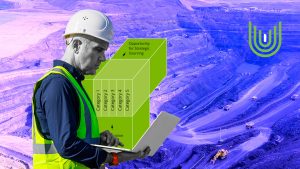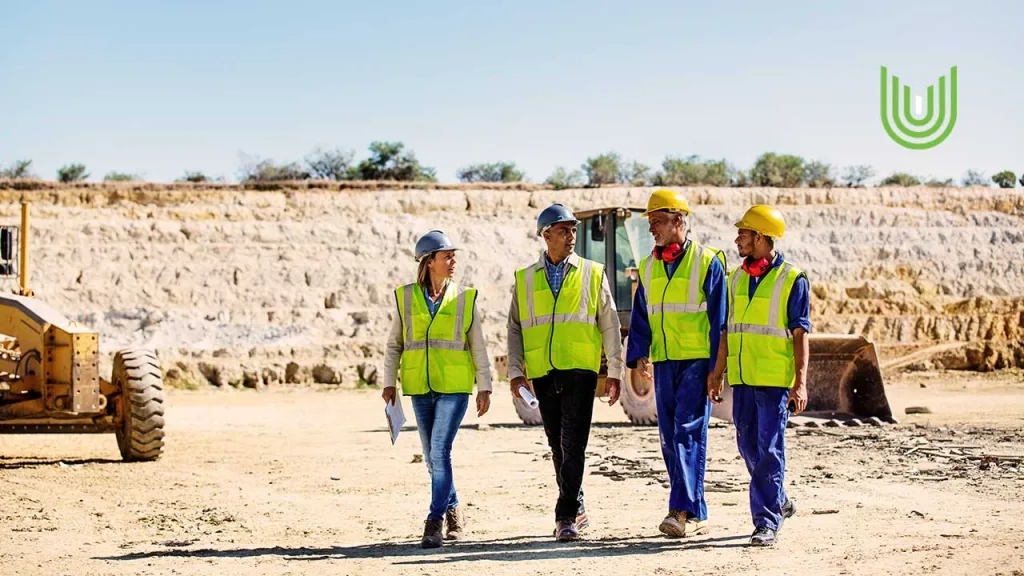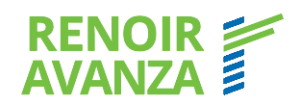Workforce capacity planning can be challenging due to a highly cyclical mining industry, constantly influenced by factors such as commodity prices, global demand, and geopolitical events. Predicting workforce needs accurately amidst these fluctuations can be difficult, leading to overstaffing during booms and layoffs during downturns.
In Mexico, mining regulations have shifted significantly within the past year alone, with more focus being placed on environmental and social requirements before mining permits and concessions can be successfully granted. These evolving laws mean that HR teams need to adapt to new requirements as and when they are introduced to ensure that their mining workforce is equipped to comply with new mining laws.
Additionally, due to harsh environments or distant locations, attracting and retaining workers in remote mines may be additionally taxing for HR teams of international mining companies who face high turnover rates.
In the advent of technological shifts in the mining industry through AI, sensors and data analytics, new workflows will begin to emerge that must also be factored into a workforce capacity planning strategy.
What is Workforce Capacity Planning?
Workforce capacity planning involves aligning a company’s operational requirements and needs with its HR efforts. As shifting needs arise within an organization in terms of talent and skills required, workforce capacity planning monitors these changes to ensure effective resource allocation.
Workforce capacity planning can involve various methods and tools such as demand forecasting, supply analysis and gap analysis. Respectively, these are used to anticipate workforce demands, understand existing human resources and skills within the organization, and identify the gaps between demand and supply to address first.
The following are examples of questions that can be planned for using workforce capacity planning:
- Do you know how many people you will need to clean rooms in the camp?
- Do you know the number of positions you will need for your roads crew and roles and responsibilities?
- Are your job descriptions effectively attracting talent with the right set of skills?
How to Fully Utilize Workforce Management Software in Capacity Planning
To manage workforce capacity, many companies use workforce planning software to optimize labor allocation. Workforce planning software gives companies various benefits including the ability to better analyze existing labor utilization, develop staffing plans and implement scheduling systems for worker shifts.
However, technology alone is only one step in effective capacity planning. Systems need to be effectively customized according to the organization’s specific skill needs, accounting for shifts in labor demands given regular fluctuations in the market and regulatory shifts from local governments.
Integrate Workforce Planning Software into Existing Workflows
To effectively integrate workforce planning software into existing hiring and retention workflows, it is crucial for operations managers to monitor and adjust workforce-related metrics as needed and set strategic KPIs that are tracked within the system. This will be a process of continuous improvement to ensure that KPIs are updated and respond to the organization’s shifting needs.
A skills flexibility matrix can be used as a tool to complement the application of workforce planning software, giving operations managers a bird’s eye view of skills shortages and where labor should be allocated at any point in time. For example, with the recent regulatory updates to Mexican mining laws, mining companies may need to hire more talent with skills in areas such as environmental science or data analytics.
Integrating the workforce planning software with existing workflows and other existing systems and data points is crucial to ensure each tool is not operating in a silo. For the full picture of the organization’s workforce, successful integration between HRMS and these other systems is needed.
Fully Adopt Workforce Planning Solutions with Training and Incentives
To fully utilize workforce management technology for capacity planning and labor allocation within mining departments, training programs are crucial to give employees the opportunity to adapt to these new systems and ways of working. Investing in training programs, to ensure they understand how to use the system effectively and are consistently incentivized to improve, can help maximize the benefits of workforce management technology.
By creating performance incentives to reward high performers, companies can more easily foster behavioral change and a culture of continuous improvement. Developing strategic KPIs which are tracked using performance dashboards and a Management Control System allows companies to more effectively monitor and optimize workforce capacity.
Our team at Unison Mining is ready to help your teams to fully leverage your workforce planning systems. We collaborate with your teams to develop the systems, processes and KPIs needed to integrate software with your existing workflows, ensuring effective resource allocation, cost savings, and adaptability to fluctuating demands.

















